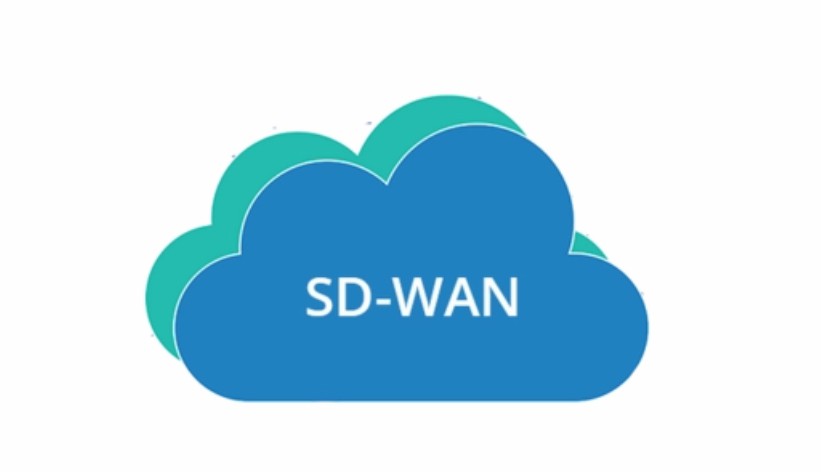Global IT supply chain
International transportation + IT O&M outsourcing + self-owned backbone network
Many enterprises choose to build SD-WAN or dedicated lines for more efficient and secure network connections. How to choose?

SD-WAN and dedicated lines are both WAN interconnection technologies used between organizations and enterprises, but there are some differences between them. We can choose a better solution based on comparison.
1. Technical principle: SD-WAN technology is a software-defined network technology based on virtual networks, which can control and manage the network through the cloud or infrastructure management software. A dedicated line is a physical line that can ensure the quality and stability of data transmission.
2. Cost: Using SD-WAN technology can significantly reduce network operating costs, making enterprises more flexible and cost-saving. The cost of dedicated lines is relatively high, which will cause a greater economic burden to enterprises.
3. Availability: SD-WAN can use multiple lower-cost broadband lines to replace expensive dedicated lines, thereby improving availability and fault tolerance within a geographical area. Dedicated lines are more suitable for critical services or scenarios that require high bandwidth and reliability.
4. Configuration: The deployment of SD-WAN is relatively flexible and can be deployed through the cloud, virtual devices or physical devices; while the deployment of dedicated lines needs to consider factors such as physical layout, and the lines need to be fixed and adjusted during construction.
Therefore, SD-WAN technology is more flexible, scalable, centrally managed, easy to deploy, and lower cost than dedicated lines.
SD-WAN network setup steps
SD-WAN establishment includes the following steps:
1. Requirement confirmation: Select the corresponding SD-WAN solution based on the actual needs of the enterprise, including network traffic requirements, security requirements, cloud service support, etc.
2. Network planning: Plan the SD-WAN architecture design, specify the number of SD-WAN edge devices, deployment methods, etc., and consider how to integrate SD-WAN with existing hardware infrastructure.
3. Environment configuration: Deploy the SD-WAN architecture, including SD-WAN gateway nodes, SD-WAN controllers, etc.
4. Application access: Access various key services, including associating applications with SD-WAN routing policies, determining traffic load balancing policies, configuring network policies, etc.
5. Security management: Set up and manage SD-WAN security measures, including data encryption, authentication, access control, etc.
6. Test and optimize: Check the performance and availability of SD-WAN and optimize and improve it based on the results.
For the construction of SD-WAN, it is recommended that enterprises choose services provided by experienced partners or vendors to ensure that the entire construction process is more efficient, high-quality and secure. In addition, after the setup process, continued monitoring and management are required, with regular optimization and adjustments required to ensure that SD-WAN always maintains optimal performance.
Which SD-WAN solution should I choose?
Ogcloud SD-WAN solution is a good choice. By establishing a remote virtual LAN, it realizes the interconnection and interoperability of computers, mobile phones, and servers in the remote LAN, providing remote office support for individuals and enterprise users, and helping enterprises to achieve high efficiency in collaborative operation. If you have needs, please contact us!

International transportation + IT O&M outsourcing + self-owned backbone network

Cellular chips + overseas GPS + global acceleration network

Overseas server room nodes + dedicated lines + global acceleration network

Global acceleration network + self-developed patented technology + easy linking

Global Acceleration Network + Global Multi-Node + Cloud Network Integration


